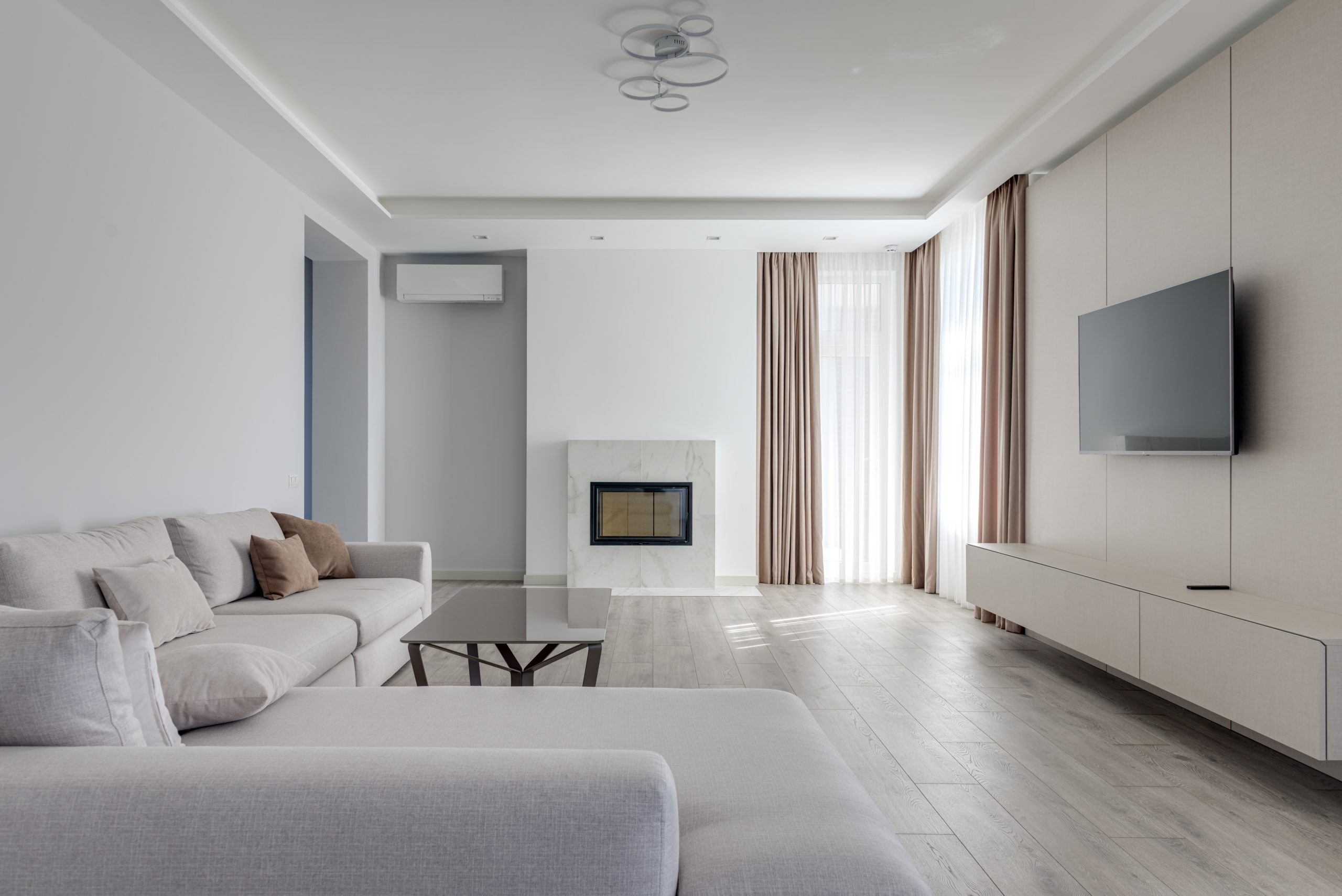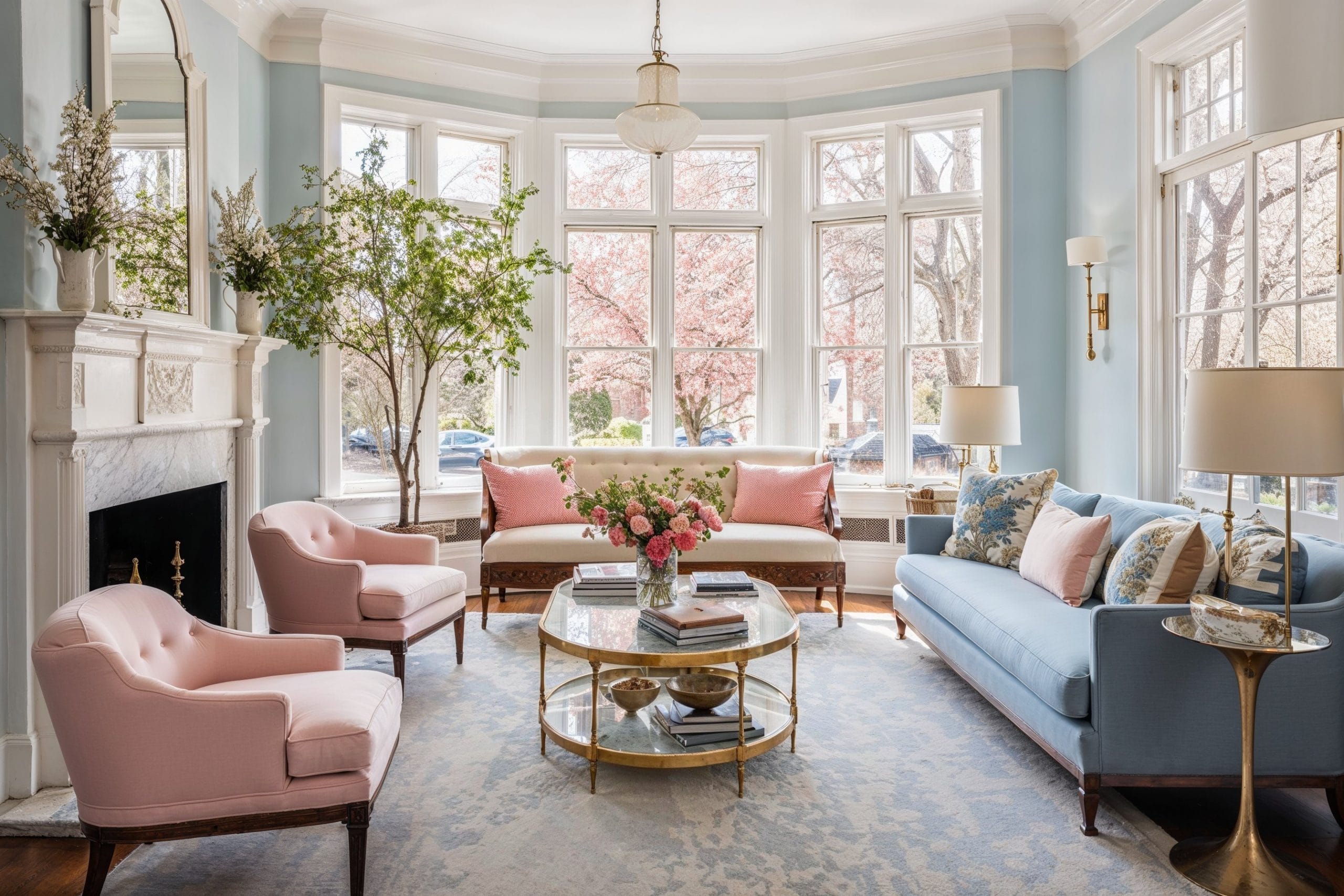Partner with an expert Architecture Firm for residential and commercial projects.
Partner with an expert Architecture Firm for residential and commercial projects.
Blog Article
Transform Your Home With Vital Concepts of Interior Decoration and Appearances
The art of transforming your home through the important principles of interior decoration and looks calls for a thoughtful strategy that integrates shade, equilibrium, and spatial recognition. By recognizing the influence of shade concept and the relevance of structure and patterns, one can produce areas that are not only visually appealing but additionally deeply individual. Attaining this balance includes greater than simple design; it encompasses a strategic arrangement and an eager understanding of exactly how each aspect communicates within a space. As we explore these fundamental ideas, think about how they might redefine your understanding of home and individual expression.
Comprehending Color Concept
Recognizing the principles of color concept allows designers to develop rooms that resonate psychologically with occupants while satisfying useful requirements. Each classification plays a crucial role in developing consistency within a room.
The psychological effect of shades is extensive; cozy hues such as reds and oranges evoke power and heat, while amazing tones like blues and environment-friendlies advertise calmness and serenity. Additionally, making use of corresponding colors boosts visual interest, producing striking contrasts that can raise an area's allure.
Neutral colors, on the other hand, serve as a flexible background, enabling various other style aspects to beam. It is necessary to consider factors such as lighting and the room's purpose when selecting a shade scheme, as these can modify the assumption of shades throughout the day.
Eventually, a well-considered color pattern can transform a space, fostering a feeling of convenience and design that lines up with the residents' preferences. Mastery of shade concept is, as a result, a crucial skill for any indoor developer aiming to create unified and welcoming atmospheres.
Achieving Balance in Layout
Exactly how can designers accomplish a sense of stability in their areas? Attaining equilibrium in style is essential to creating harmonious insides.
Asymmetrical equilibrium, on the other hand, depends on differing aspects that still attain a natural look. This method permits for more vibrant and informal arrangements, supplying interest while maintaining stability. By carefully selecting varying sizes, shades, and textures, designers can develop a visually compelling room that feels balanced yet energised.
Radial equilibrium emphasizes a main focal factor with elements emitting exterior. This style is frequently seen in round layouts, where furniture and decoration develop a cohesive surround that attracts the eye internal.
Ultimately, achieving balance needs thoughtful factor to consider of range, proportion, and the connections between aspects. Architecture Firm. By masterfully using these balance principles, designers can transform spaces into atmospheres that feel both visually pleasing and functionally unified, improving the total experience for owners
Importance of Spatial Awareness

A keen feeling of spatial understanding enables designers to determine focal factors view publisher site within a space, directing the customer's attention to key features while maintaining a total feeling of unity. It likewise assists in the calculated placement of lights, which can drastically affect the assumption of room and state of mind. Recognizing spatial partnerships allows the designer to cater to the details demands of occupants, guaranteeing that each area offers its designated function without compromising aesthetics.
Inevitably, spatial understanding is important for optimizing the capacity of any indoor area. By carefully taking into consideration the interplay between measurements, layout, and feature, designers can create atmospheres that not only fulfill useful needs however also stimulate a sense of convenience and charm, boosting the general living experience.
Including Structure and Patterns
Welcoming a diverse series of textures and patterns can dramatically improve the aesthetic and tactile allure of an interior area. The strategic usage of various materials-- such as timber, metal, material, and rock-- creates deepness and interest, making a space really feel much more welcoming and vibrant. Combining smooth surfaces with harsh appearances can establish an equilibrium that draws the eye and engages the detects.
When including patterns, consider both scale and rep. Huge patterns can act as prime focus, while smaller sized, refined designs can complement other aspects without frustrating the space. Layering patterns, such as pairing floral pillows with striped tosses, includes intricacy and a feeling of harmony if performed thoughtfully.
It is likewise important to preserve a cohesive shade scheme, ensuring that appearances and patterns collaborate rather than compete for attention. By picking a couple of crucial structures and patterns, you can create an unified visual that mirrors your personal style while boosting the general atmosphere of the room. Inevitably, the mindful consolidation of these aspects can transform an ordinary area into an innovative atmosphere rich with personality and warmth.
Personalizing Your Room
Producing a space that mirrors your individuality is important to achieving an absolutely inviting environment. Customization in interior layout enables you to infuse your one-of-a-kind style and interests right into your home, transforming it from a plain shelter right check over here into a refuge that speaks to that you are. Begin by choosing a color combination that click here for info reverberates with your emotions-- vibrant colors can energize, while soft tones use tranquility.
Include artwork and decoration that reflect your interests, whether it be travel, nature, or abstract ideas. Presenting personal collections, such as publications, photographs, or mementos, can stimulate treasured memories and develop focal points within a space. In addition, think about tailoring functional items, like upholstered furnishings, to align with your visual preferences.

Verdict
In conclusion, the change of a home with the crucial principles of interior style and aesthetics requires a detailed understanding of shade concept, balance, spatial awareness, structure, and personalization. Each aspect adds significantly to creating a harmonious and practical living atmosphere - miami interior design. By attentively integrating these principles, individuals can enhance the visual charm and emotional resonance of their areas, eventually promoting a home that shows special identifications while supplying convenience and usefulness
Report this page